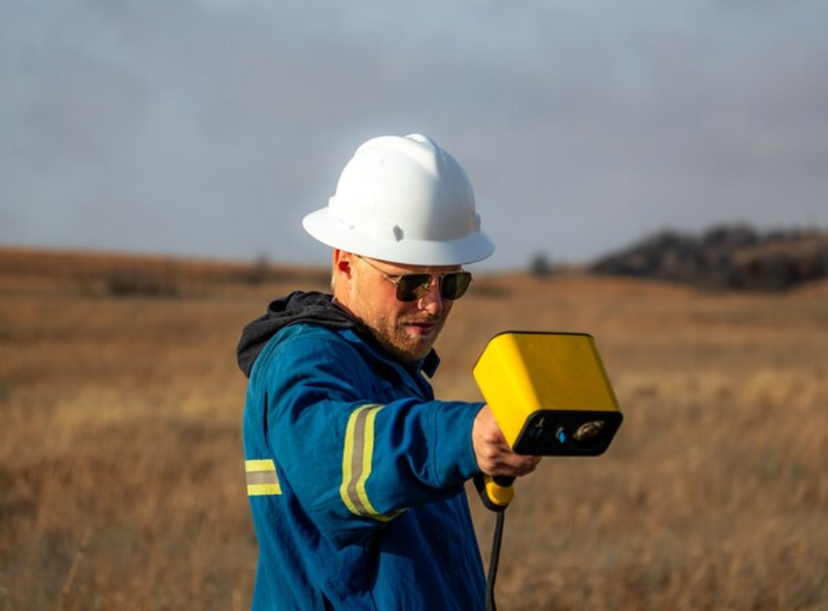Xplorobot receives EPA approval as the first handheld methane detection device
United States Environmental Protection Agency has given its approval for Laser Gas Imager
21 Jan 2025
The United States Environmental Protection Agency (EPA) has approved Xplorobot's Laser Gas Imager as an alternative test method (ATM) for methane inspections. This marks the first-ever approval of a handheld mobile methane detection device, setting a new standard for efficiency and affordability in emissions monitoring.
Methane, a greenhouse gas over 80 times more potent than CO₂ in the short term, is responsible for 30% of the current rise in global temperature1. As methane regulations tighten worldwide, operators are now required to conduct more frequent and detailed monitoring as part of their Leak Detection and Repair (LDAR) programs. However, traditional methods, such as infrared (IR) cameras, remain expensive, labor-intensive, and prone to missing smaller leaks, leaving operators struggling to comply with emissions mandates.
Xplorobot bridges this gap with a cost-effective solution that allows operators to identify and mitigate emissions at the component level. Using tunable diode laser absorption spectroscopy (TDLAS) and high-resolution imaging, the Xplorobot Laser Gas Imager detects emissions as small as 1 g per hour. Moreover, its intuitive design requires only three hours of training, allowing field workers to seamlessly integrate emissions monitoring into their daily tasks.
"This EPA approval represents a significant step forward for Xplorobot and the oil and gas industry," said Oleg Mikhailov, CEO and Co-Founder of Xplorobot. "With cost-effective, scalable technologies like ours, operators can now meet global methane reduction targets while lowering operational expenses. Our cloud-based database and automated reporting system further streamlines compliance, benefiting independent operators and global supermajors alike."
References:
1. Methane and climate change – Global Methane Tracker 2022 – Analysis - IEA
Want the latest science news straight to your inbox? Become a SelectScience member for free today>>
